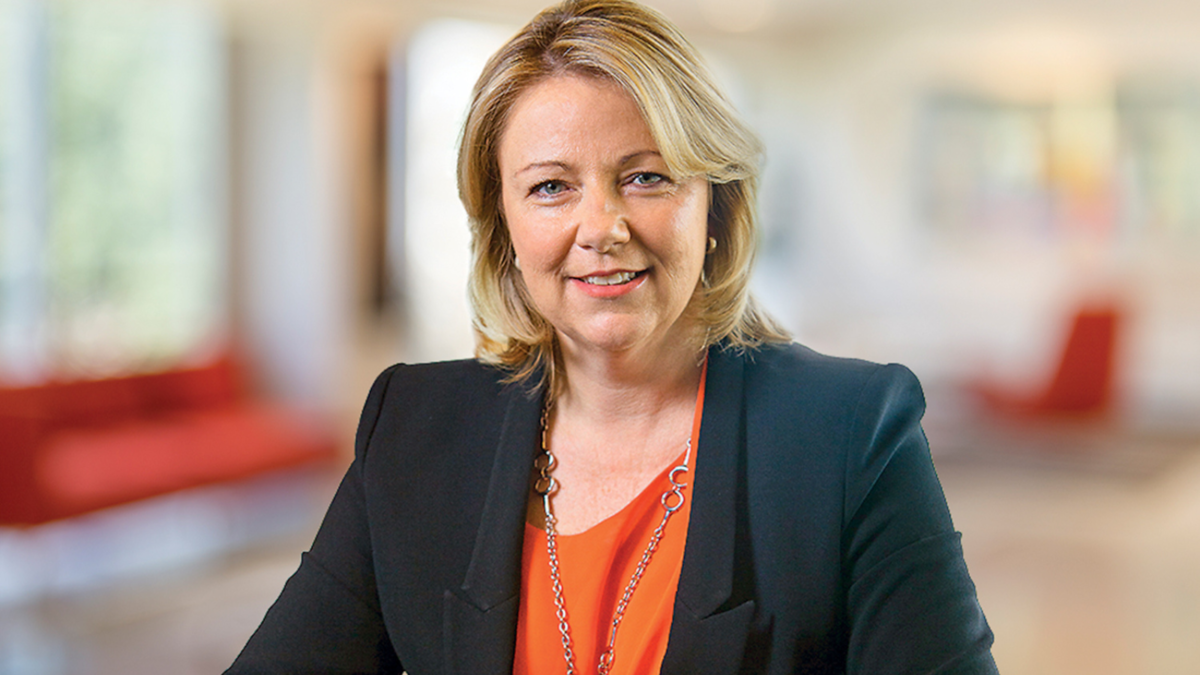‘A moment of truth’ arrives for super mergers
The question that has hung over the superannuation industry for the last few years is where the current flurry of merger activity ends. Everybody has a figure in mind; three megafunds, three megafunds and 10 mid-size funds, a single, national fund. But the reasonable answer from the industry’s experts is: We don’t know where it all ends (and won’t until it ends).
What is known, courtesy of KPMG national sector leader for wealth and asset management Linda Elkins (picture at top) is that the rate of mergers “is, if anything, accelerating – as is the size of them”. And merger activity is no longer entirely about sustainability, performance or fee concerns. There are now plenty of good funds of equal size merging with each other for pure strategic reasons.
“Mergers may well be larger… the reason we would say that’s possible, because we’re looking into the crystal ball, is because if that doesn’t happen, the megafunds – Aussie Super and ART – just by nature of how much bigger they currently are will really pull away from the pack. So I think there will be funds that are interested in keeping up with them in terms of their scale.”
“Let’s say anything above $20 billion – or maybe a different way to say it would be funds that don’t have an imperative like APRA wanting them to leave the field or failing the performance test or their fees are too high. You’re seeing high quality funds seek out mergers for strategic reasons.”
Elkins isn’t an adherent of the highly concentrated industry school of thought, though she notes that the majority of contributions already flow to just a handful of funds. There will still be small, viable funds providing specialized services to particular member cohorts – just less than there are today.
“The formation of the megafunds provides more space for the small funds to provide niche services to particular member cohorts,” Elkins says. “So I actually think both will be a feature of the market and both can survive and thrive. Lots of funds might say ‘Oh, we just know our members better’ – that’s not enough.”
“A good example would be blue collar industries where the insurance arrangements are absolutely better, or more tailored or customized. That’s a good example of a niche. AustralianEthical – which is an ESG based fund – that’s clearly a niche. To me, a successful small fund is one where it’s really clear what it’s doing and how that’s different and bespoke and something that a megafund is not doing.”
This period of consolidation still has a long way to go, owing to the amount of time and effort that goes into any fund merger. But while APRA warns that some funds are suffering “indigestion” after devouring just a few billion of FUM, others have gotten really good at doing just that – and are finding ways of streamlining their own merger experience in an effort to prepare for another course.
“There are funds that I would now say have a capability to do this and are very eager to look for more consolidation activity,” Elkins says. “I do agree it’s certainly true that it’s a big effort and a big commitment., but we are also seeing larger funds starting to deliver scale benefits as well.”
“… The other issue is going to be how they’re able to have the capital to create those business and be competitive, so I think there’s lots of reasons why there will be a number of funds that are interested in continuing the merger activity. And as I said have built the capability to do that.”
Of course, there’s one area of the superannuation industry that has yet to see much merger activity – the newly-minted megafunds themselves. Some commentators have entertained the possibility, though it’s hard to see super’s titans throwing themselves into another merger after the enormous efforts of the mergers that formed them, and there’s little incentive; AustralianSuper will become a $1 trillion fund in a few decades regardless. Elkins believes that if there is a ‘mega merger’, it will likely take place in the retail sector.
“There’s still ongoing acquisition activity in that sector,” Elkins says. “We’ve recently had the Mercer/BT tie-up, and then whatever happens with the rest of BT, and Colonial First State in the hands of private equity,” Elkins. “So I don’t think that’s an unreasonable hypothesis.”
Still, there’s a whole crop of comparative minnows that have yet to undertake a merger. When they finally do, they’re “probably going to be surprised”. They’re both costly and time consuming, and any changes to the regulatory environment to make them easier would be welcomed. And what occasionally gets lost in the merger discourse is the experience of incoming members.
“I think we’re going to find that the onboarding experience for the receiving entity in a merger provides is going to be a really important moment of truth,” Elkins says. “What we don’t know and what we’ll see is how sticky are these members that have come through the merger. Is that really stabilizing and do they appreciate the benefits they’re now getting? Or is it really disruptive and maybe causes people to question (the fund)? I’m interested to see whether members have had a good onboarding experience with the new entity.”











